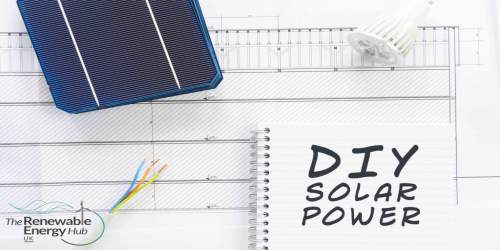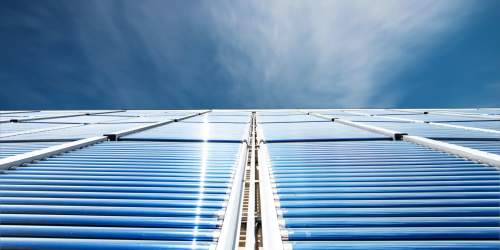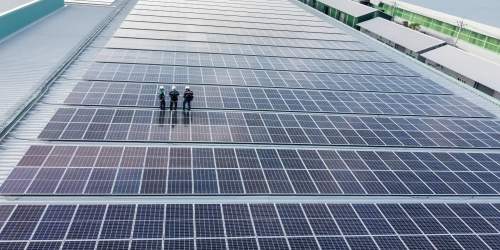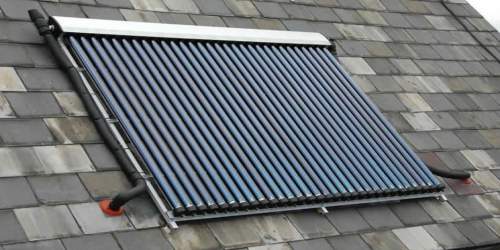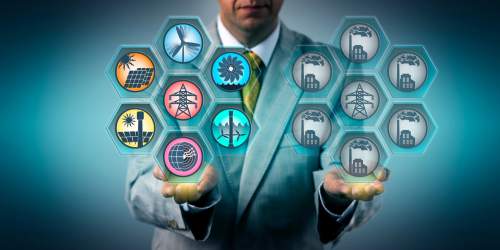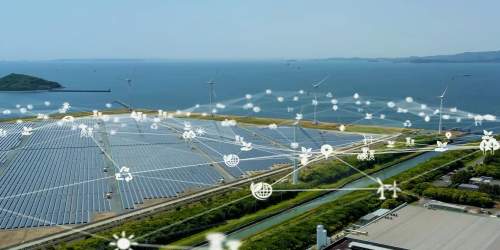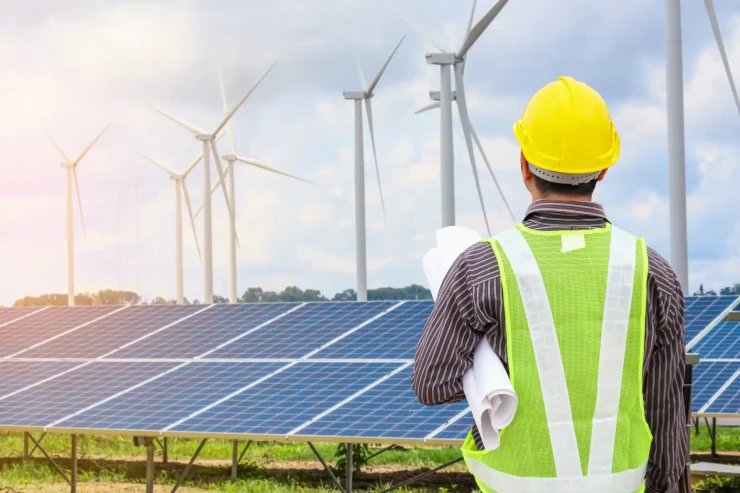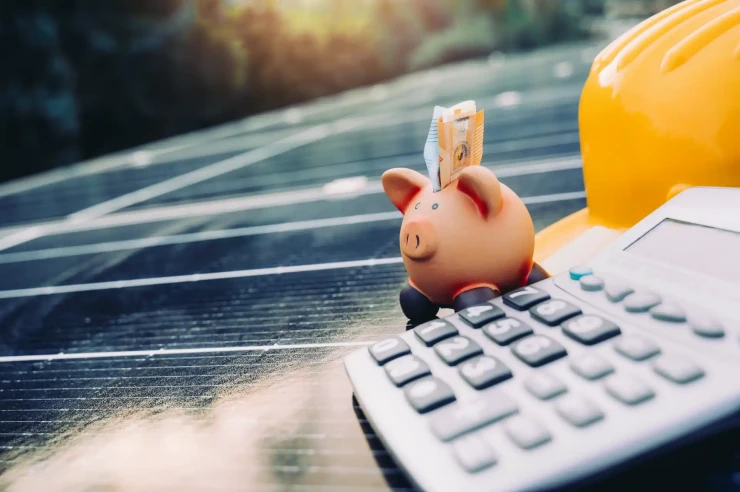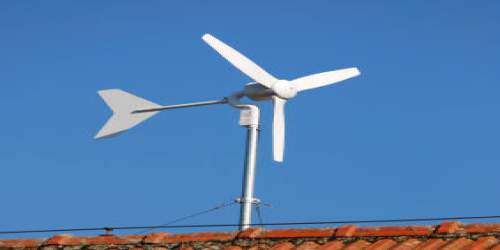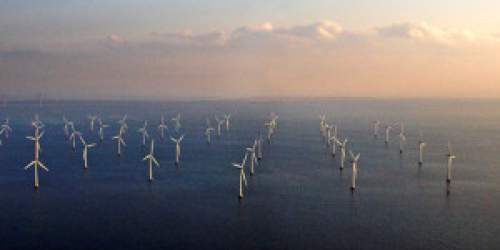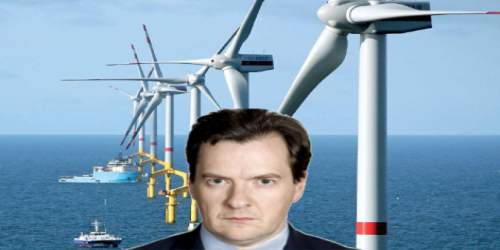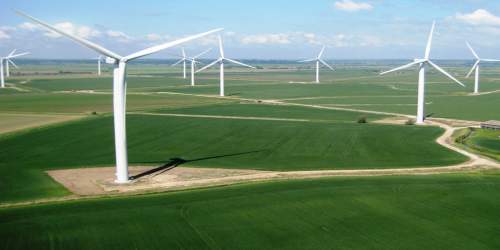The International Energy Agency working in cooperation with the International Monetary Fund has published a new special report from the IEA’s flagship World Energy Outlook series that sets out a ‘sustainable recovery plan’ to revive economies and boost employment while cutting carbon emissions. The plan focuses on a sequence of policy actions that can be taken over the next three years and requires $1tn of annual targeted investment. This sum equals about 0.7% of today’s global GDP and includes both public spending and private finance that would be mobilised by government policies.
The report covers detailed assessments of 30 energy policy measures across 6 key sectors, electricity, transport, industry, buildings, fuels, and emerging low-carbon technologies, Reuters reports. The plan looks at cost-effective approaches, the circumstances of individual countries, existing pipelines of energy projects, and current market conditions. The end goal is to make energy systems cleaner and more resilient.
Reuters continues:
“The IEA said the plan could boost global economic growth by an average of 1.1 percentage points a year over 2021 to 2023. It could also save or create around 9 million jobs a year and reduce global energy-related greenhouse gas emissions by 4.5bn tonnes by the end of the plan.”
The Press Association says that the plan aims to stop emissions from rebounding as the world recovers from the Coronavirus pandemic and instead lock in a structural decline. The Guardian ran the report under the headline “World has six months to avert climate crisis, says energy expert.” The Guardian article quotes IEA chief Fatih Birol who told the paper:
“This year is the last time we have, if we are not to see a carbon rebound…The next three years will determine the course of the next 30 years and beyond…If we do not take action we will surely see a rebound in emissions. If emissions rebound, it is very difficult to see how they will be brought down in future.”
The plan offers an energy sector roadmap that would integrate energy policies into government responses to the economic impact of the Covid-19 crisis and expedite the implementation of up-to-date, reliable, and clean energy technologies and infrastructure.
Specifically, the Sustainable Recovery Plan can bring about a range of critical outcomes in particular:
- increase global economic growth by an average of 1.1 percentage points per year
- protect or create 9 million jobs a year
- reduce annual global energy-related greenhouse gas emissions by a total of 4.5 billion tonnes by the end of the plan
The New York Times has published a story reporting on how greenhouse gas emissions are rebounding sharply now that countries are relaxing their coronavirus lockdowns, based on revisions to a study estimating global daily emissions, covered by Carbon Brief in May. The New York Times quotes the lead author of the study, Professor Corinne Le Quéré saying:
“We still have the same cars, the same power plants, the same industries that we had before the pandemic. Without big structural changes, emissions are likely to come back.”
There are other beneficial consequences to implementing the IEA’s plan including improving human health and well-being, reducing air pollution emissions by 5%, bringing access to clean cooking solutions for around 420 million people in low-income countries and enabling almost 270 million people to gain access to electricity.
Dr Fatih Birol, the IEA Executive Director said:
“Governments have a once-in-a-lifetime opportunity to reboot their economies and bring a wave of new employment opportunities while accelerating the shift to a more resilient and cleaner energy future. Policy makers are having to make hugely consequential decisions in a very short space of time as they draw up stimulus packages. Our Sustainable Recovery Plan provides them with rigorous analysis and clear advice on how to tackle today’s major economic, energy and climate challenges at the same time. The plan is not intended to tell governments what they must do. It seeks to show them what they can do.”
The IEA’s new energy employment database revealed that 40 million people, globally, were directly employed in the energy industry including electricity, oil, gas, coal, and biofuels, in 2019. Their new special report is showing that an estimated 3 million of those jobs have been lost or are at risk due to the coronavirus crisis with another 3 million jobs in related areas such as vehicles, buildings and industry also lost or at risk.
The biggest percentage of the millions of new jobs created through the Sustainable Recovery Plan would be in retrofitting buildings to improve energy efficiency and in the electricity sector, particularly in grids and renewables. Other areas of focus that would see higher employment would include energy efficiency in industries such as manufacturing, food, and textiles; low-carbon transport infrastructure; and more efficient and new energy vehicles.
Serious concerns for energy security and clean energy transition have been raised as a result of recent IEA analysis which shows that global energy investment is set to drop by 20% in 2020.
If the recommendations of the Sustainable Recover Plan are followed through the global energy sector stands to become far more resilient and ready for future crises. Electricity security would be improved by investment in enhancing electricity grids, upgrading hydropower facilities, extending the lifetimes of nuclear power plants, and increasing energy efficiency which would lower the risk of outages, boost flexibility, reduce losses and help integrate larger shares of variable renewables such as wind and solar PV.
The backbone of secure and reliable power systems are the electricity grids which would be put on a much stronger footing if there was a 40% increase in capital spent on them after many years of declining investment. They would have a far greater chance of withstanding natural disasters, severe weather, and other potential threats.
The idea behind the design of the Sustainable Recovery Plan is to avoid a repeat performance of the kind of sharp rebound in carbon emissions experienced during the economic recovery from the 2008-2009 global financial crisis and instead put them into a structural decline. The IEA’s report shows how the situation today is very different compared with the 2008-2009 crisis, as the costs of leading clean energy technologies such as wind and solar PV are far lower, and some emerging technologies like batteries and hydrogen are ready to scale up. Global carbon emissions are set for a record decline this year after flatlining in 2019 and although this is as a result of economic trauma it does provide a platform from which to put emissions into structural decline.
Dr. Fatih Birol said:
“This report lays out the data and analysis showing that a cleaner, fairer and more secure energy future is within our reach. The Sustainable Recovery Plan would make 2019 the definitive peak in global emissions, putting them on a path towards achieving long-term climate goals. The IEA is mobilising its analytical resources and global convening power to bring together a grand coalition that encompasses government ministers, top energy industry CEOs, major investors and other key players who are ready to pursue a sustainable recovery that will help steer the world onto a more resilient trajectory. This is why the Sustainable Recovery Plan will be a key element informing discussions at the IEA Clean Energy Transitions Summit on 9 July.”
The IEA Clean Energy Transitions Summit is scheduled to take place on 9th July and aims to gather ministers from countries representing 80% of global energy use, as well as industry CEOs, big investors, and other key leaders from the public and private sectors around the world. The high-level dialogue will look at near term actions for sustainable recovery and what measures can be taken to accelerate clean energy technology innovation in order to reach long-term decarbonisation targets.
Find out more about solar here.



